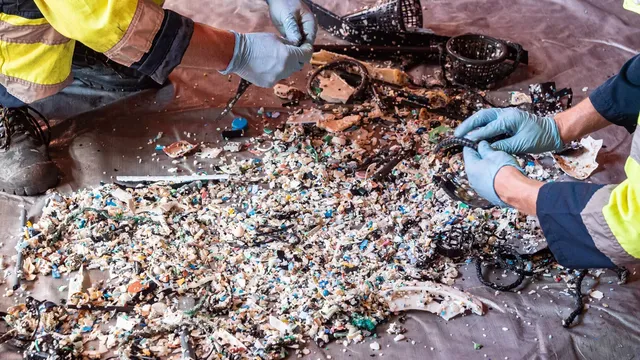Scientists have found that the air in our apartments and cars may be the main source of microplastics that can penetrate deep into the lungs.
According to a study by the University of Toulouse, published in PLOS One, an adult inhales up to 68,000 microplastic particles with a diameter of less than 10 micrometers every day - 100 times more than previously thought. The authors are the first to measure the content of microplastics not only in homes, but also in cars under real driving conditions.
More than 90% of the particles detected were smaller than 10 microns, that is, so small that they can reach the alveoli of the lungs. The concentration of microplastics in the air of cars reaches 2238 particles per cubic meter, in apartments - an average of 528.
Raman spectroscopy was used for the analysis, which allows to accurately determine the size and composition of plastic fragments. The study confirmed that microplastics are not only ubiquitous, but can also accumulate in the body: inhaled particles can release toxic additives, penetrate the bloodstream and cause inflammation, immune reactions and tissue damage. Scientists emphasize that indoor microplastic pollution has proven to be one of the most underestimated risks. Microplastics have previously been found in male sperm and female follicular fluid - substances directly related to reproductive function. | BGNES

 Breaking news
Breaking news
 Europe
Europe
 Bulgaria
Bulgaria







